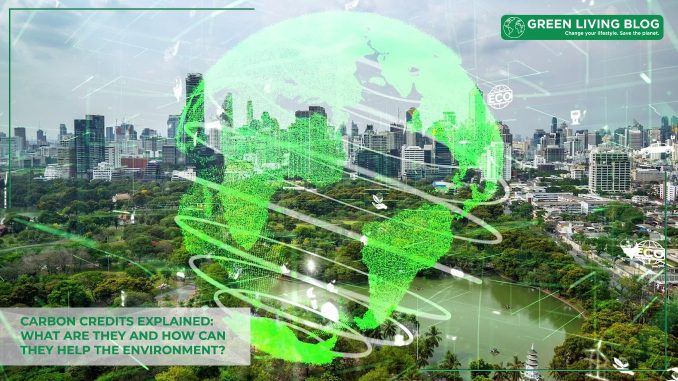
Greenhouse gases are an issue. They contribute to climate change and global warming, which can devastate the environment. The good news is that there are ways to help reduce greenhouse gas emissions and make a difference—carbon credits are one of them.
According to the Paris Agreement, the safest level for limiting global warming is 1.5°C. The level ensures a reasonable avoidance of the risk of runaway climate change. And to achieve that goal, nations have pledged to cut current greenhouse-gas emissions in half by 2030 and bring them to ‘net zero’ by 2050, using instruments like carbon credits.
This article will explain these credits and how they improve the environment.
What Are Carbon Credits?
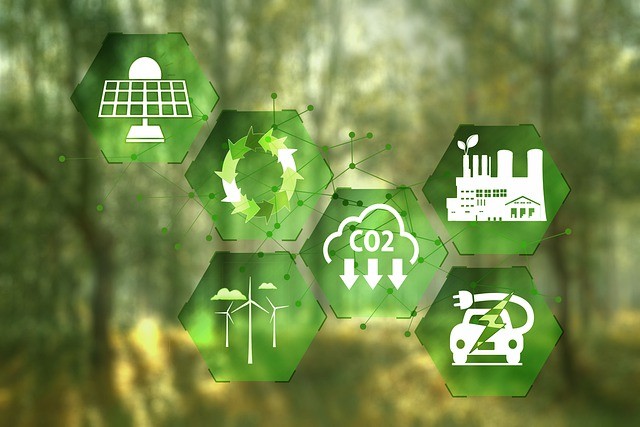
Carbon credits are tradable certificates representing the right to emit one metric ton of carbon dioxide (CO2) each year. Currently, there are two types of carbon credits available:
- Voluntary emissions reduction (VER): These are carbon credits used to offset any voluntary actions you take to reduce your CO2 emissions.
- Certified Emission Reductions (CERs): These are credits issued by the United Nations’ Clean Development Mechanism (CDM) to projects that reduce greenhouse gas emissions. They represent emission reductions, which won’t have happened without the CDM project.
You can purchase any of the two; Either way, they can help your company and the environment.
How Do Carbon Credits Work?
Companies that are into heavy production are most likely the purchasers of carbon credits. Carbon credits imply that a company has a certain amount of emission to elapse in a year. When the company uses beyond specific emissions, it can purchase carbon credits to use more.
To purchase or sell carbon credits, you’ll need the help of an accredited third-party provider. Think of these companies as brokerages facilitating your trading activity while maintaining compliance with all relevant laws and regulations. For Instance, if you hold carbon credits, you have the right to emit Carbon dioxide. You can sell them on a secondary market if you don’t use them. Any company or organisation that reduces its greenhouse gas emissions can sell those reductions to someone who needs them.
If you sell those credits, then they’re called VER credits. If you don’t use them and keep them for yourself, you have the right to emit Carbon dioxide. For example, if your business typically generates 5 million tons of C02 in a year. In the recent year, your business only needed 30% of the amount to power its operation. You can sell the remaining 3.5 million tons of C02 on the market to someone else—e.g., a utility company or another business—to use as an investment in renewable energy.
How Can Carbon Credits Help The Environment?
Carbon credits are one of the many solutions to global warming. In particular, the benefit of these credits is in reducing carbon emissions. Reduced greenhouse gas helps the environment in the following ways:
1. Minimises Environmental Pollution
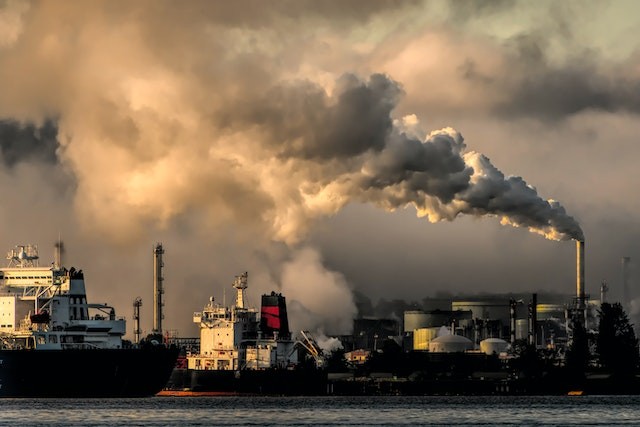
Purchasing carbon credits from the government or other organizations that issue them reduces industrial pollution. It means companies take strict measures before deciding on consuming more emissions. When a company is paying for more greenhouse gases after elapsing the amount allotted, it minimizes excessive and unnecessary use of greenhouse gases, contributing more harm to the environment.
2. Creation Of Employment
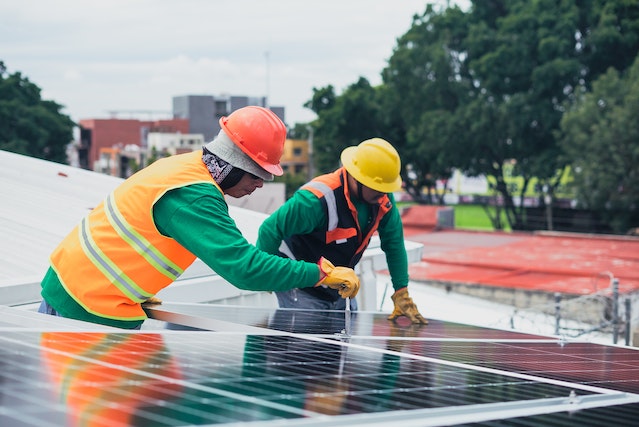
Carbon credits help create employment in many ways. The first is that they created a market for renewable energy (projected to reach USD$192 million by 2028). With this market, companies will naturally want to invest in making new technologies and products that allow them to sell their products more efficiently. This will create more sustainable jobs in the area of renewable energy production.
Another way carbon credits help create employment is by making the renewable energy market more competitive. It means companies will have to find ways of lowering costs to compete with each other. The competition will require employees with expertise in building relationships with customers and suppliers, developing new business models, and managing operations efficiently.
With cost reduction in renewable energy and sustainable employment opportunities, carbon credits improve the environment.
3. Contribute More To Farmers’ Produce
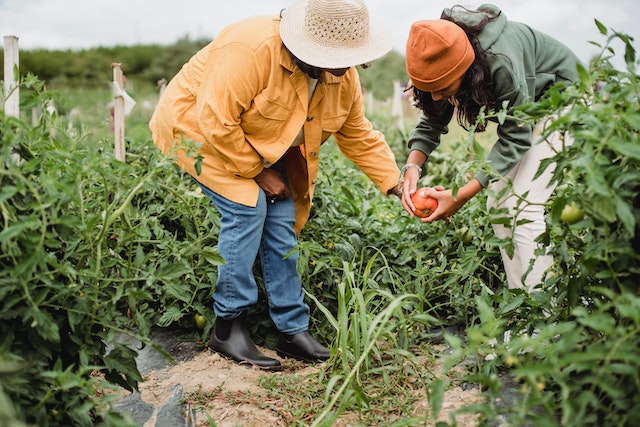
Farmers can also benefit from carbon credits. Farmers who own land suitable for agriculture can plant trees on their properties and earn carbon credits. These credits can help them in several ways. For example, they may sell the carbon credits at a profit, increasing their income levels. They may also receive government subsidies for planting trees in some regions of their farms. While farmers can benefit from carbon credits, the critical aspect of these carbon credits for the farmers and the environment is that CO2 aids the growth of plants. Consequently, these plants remove more carbon from the atmosphere through a natural process.
Conclusion
The bottom line is that carbon credits are a vital way to reduce the impact of climate change. It helps minimize environmental pollution, creates employment opportunities, and increases the farmers’ yield. To obtain carbon credits, you can buy directly from the regulatory body or through brokerages.
Greenhouse gases are reasons for climate change, caused mainly by companies using heavy equipment for their production. The environment will ultimately benefit more from the adoption of carbon credits.
![]()
Author Profile
- Online Media & PR Strategist
- Blogger and Educator by Passion | Senior Online Media & PR Strategist at ClickDo Ltd. | Fascinated to Write Lifestyle Blogs in News & Education I have completed a journalism summer course at the London School of Journalism and manage various blogs.
Latest entries
 BusinessSeptember 9, 2025Top 5 Eco Certifications & Their Impact on Greener Businesses
BusinessSeptember 9, 2025Top 5 Eco Certifications & Their Impact on Greener Businesses LeisureSeptember 2, 2025Plant-Power: The UK’s Top 10 Vegan Festivals 2025
LeisureSeptember 2, 2025Plant-Power: The UK’s Top 10 Vegan Festivals 2025 Best practicesSeptember 1, 20253 Everyday Choices That Secretly Affect Your Local Community
Best practicesSeptember 1, 20253 Everyday Choices That Secretly Affect Your Local Community Best practicesAugust 26, 2025Eco-spirituality ― How to Blend Environmental Preservation with Personal Wellbeing
Best practicesAugust 26, 2025Eco-spirituality ― How to Blend Environmental Preservation with Personal Wellbeing






Leave a Reply
You must be logged in to post a comment.